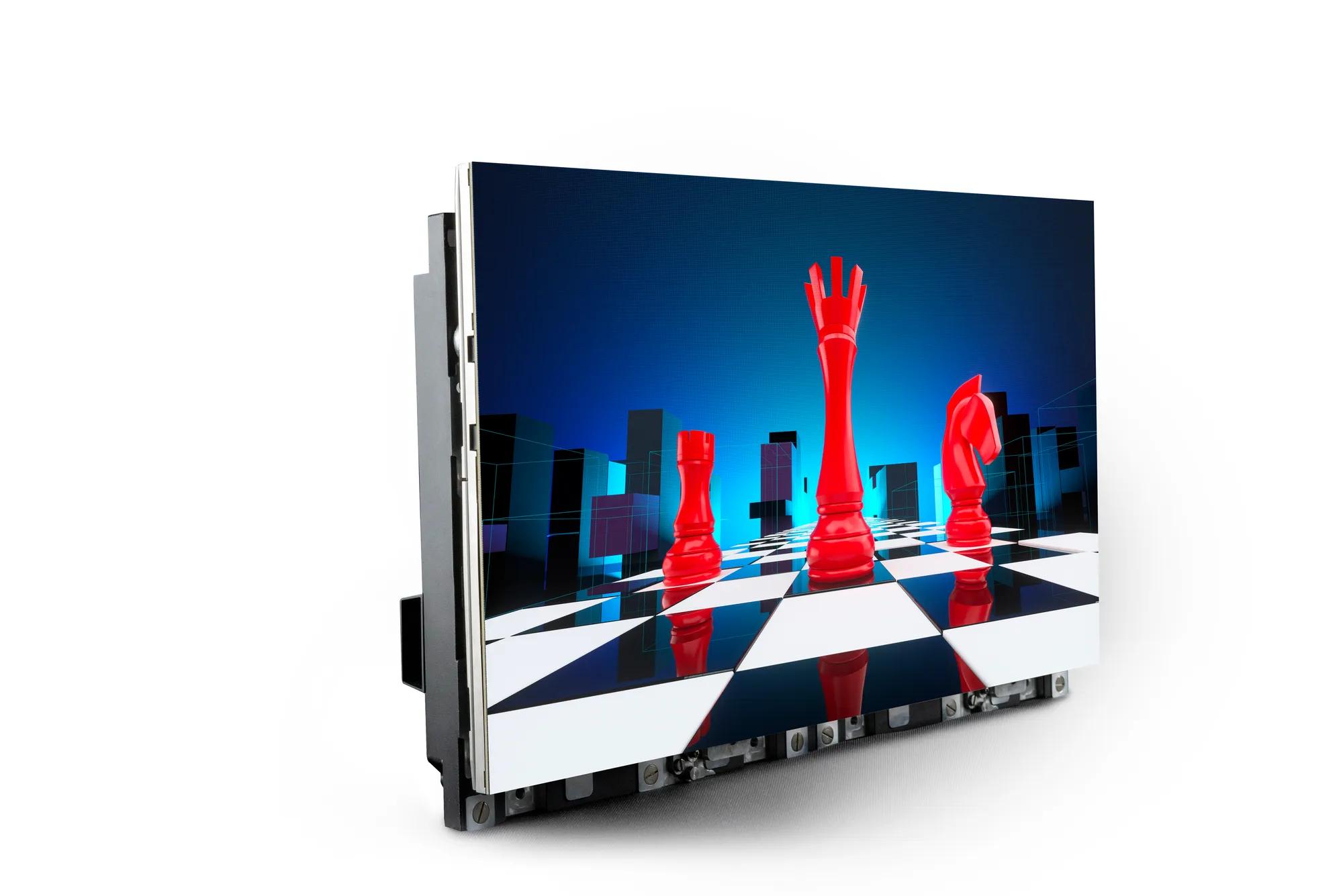A Comprehensive Comparison of Different LED Display Screen Technologies and The Applications
A Comprehensive Comparison of Different LED Display Screen Technologies and The Applications
Blog Article
Light Emitting Diode display walls have become more popular across various environments, such as concerts, sports events, as well as business presentations. These large displays consist of made up of many small LED panels that function collectively to form a cohesive cohesive visual. Various multiple kinds of LED video screen solutions on the market, each with its own features and benefits. Understanding these options can assist companies as well as entities choose the appropriate option for their specific needs.
A common kind of LED video screen technology is the direct view LED. This solution uses individual Light Emitting Diode modules which are arranged closely together to create a big screen. Directly viewed LED screens are known for their elevated luminosity as well as vibrant colors, making them perfect for external events or brightly illuminated settings. These displays also have a wide viewing perspective, which indicating that people can view the screen clearly from different locations. Such renders directly viewed Light Emitting Diode screens a popular choice for stadiums as well as external events.
Another type of LED display screen solution is the LED-backlit LCD. Such technology merges conventional LCD displays with LED illumination for improved luminosity and color accuracy. LED illuminated LCDs are often used in interior environments, including retail centers and conference rooms. They provide excellent visual clarity while are generally more affordable than direct view LED screens. However, they may often perform as well in bright environments, as the backlighting can occasionally dull the colors.
A third option is the OLED video wall. Organic Light Emitting Diode solution offers exceptional differentiation as well as hue richness in relation to other kinds of screens. Every dot in an OLED display produces its own luminescence, enabling for true blacks and vibrant hues. Such makes Organic Light Emitting Diode video screens particularly attractive for applications which require premium images, such as art galleries and luxury shopping outlets. Nonetheless, Organic Light Emitting Diode solution can be costlier costly and may not be as bright as directly viewed Light Emitting Diode screens, rendering it not appropriate for external applications.
Along with these technologies, various also multiple applications for LED video screens. These displays can be used for advertising, entertainment, as well as information presentation. For instance, businesses often utilize Light Emitting Diode video walls for electronic advertising to attract customers as well as promote products. Within amusement, they enhance the visual experience at music events as well as events, providing lively backdrops and engaging images. Within corporate environments, Light Emitting Diode display walls can be utilized for presentations, visual meetings, and educational programs, helping to communicate data in a aesthetically attractive way.
To summarize, Light Emitting Diode video screens are available in different types, every having its own benefits and applications. Direct view LED screens are ideal for outdoor applications, whereas LED-backlit Liquid Crystal Displays are more suitable for indoor settings. Organic Light Emitting Diode display walls offer superior image quality yet may come at a higher price. Understanding the differences variations can help entities make knowledgeable decisions about the best type of Light Emitting Diode display wall most satisfies their try this website requirements, whether for advertising, amusement, or business applications.
